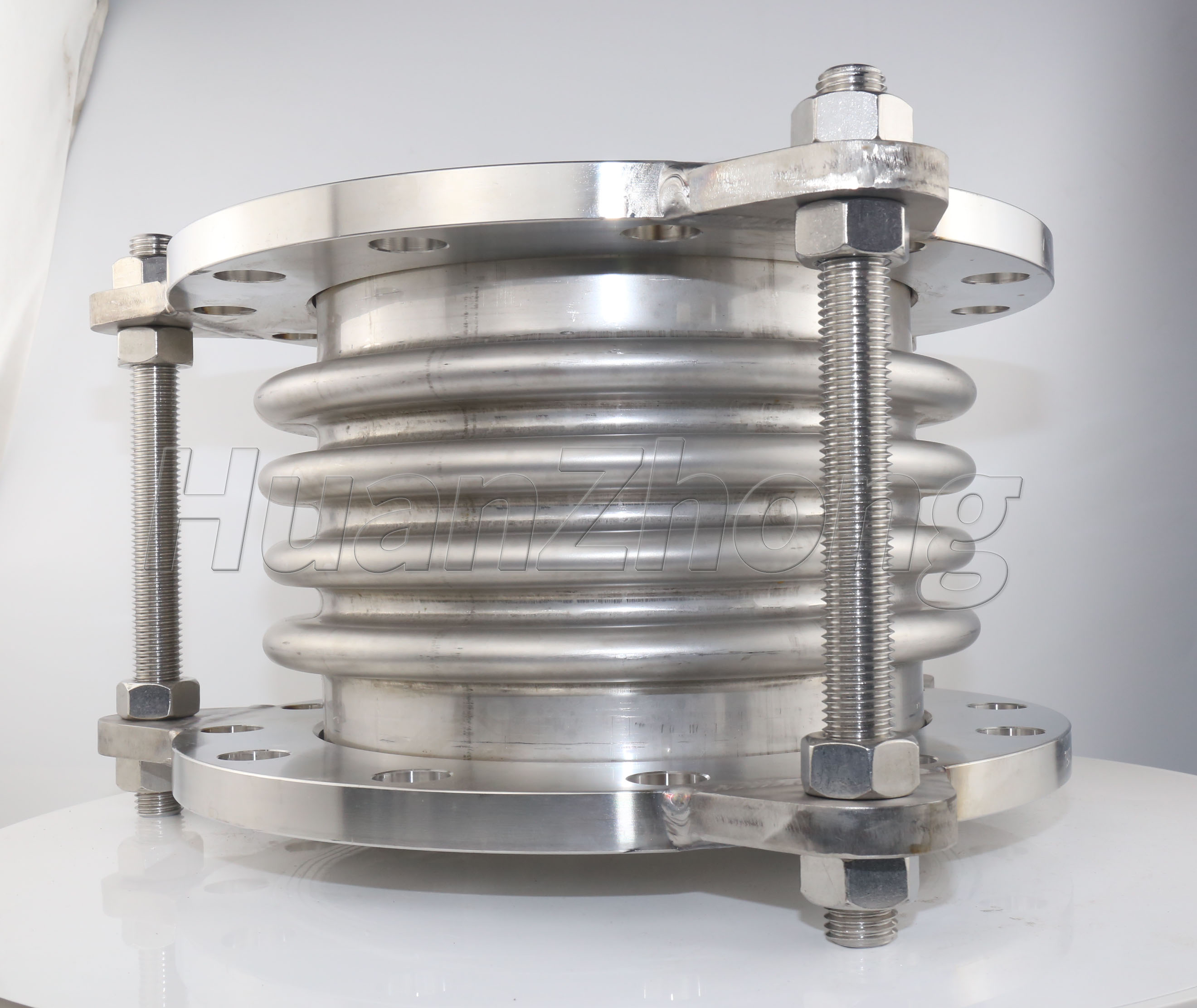Pipe corrugated compensator structural characteristics
Pipe corrugated compensator structural characteristics
Pipeline corrugated compensator bending, the metal inside the bend is pressed, the wall of the pipe becomes thicker; in the back of the pipeline corrugated compensator, the metal is stretched, the wall of the pipe becomes thinner. The smaller the radius, the thinner the pipe corrugated compensator after the pipe corrugated compensator, the greater the impact of the strength of the pipe corrugated compensator after welding. In order to make the pipe after bending will not have too much change in the original work performance, the general provisions of the pipe corrugated compensator after the pipe wall thinning rate can not exceed 15%.
Pipeline corrugated compensator is generally not allowed to crease, if there are individual starts and stops, its height can not be greater than the following provisions: when the pipe diameter is less than or equal to 125mm, can not exceed 4mm; when the pipe diameter within 200mm, shall not exceed 5mm. welding, under the action of the external force distance m, the middle layer of the outer arm wall is subject to tensile stress & 1 thinning, the inner side is subject to compression Stress.
Thickening due to the action, the combined forces N1 and N2 change the cross-section of the tube. Based on this factor, RX and SX are the main causes of quality degradation of pipe corrugated compensators. Therefore, in order to control the RX and SX values and ensure the quality, the RX values and external thinning at various pressure levels are clearly defined in GBJ235-82. When bending, the position of the neutral axis is different from the bending method. The neutral axis is about 1/3 from the outer wall in the case of pipe corrugated compensator and about 2/3 from the outer wall in the case of pipe corrugated compensator. therefore, it is advantageous to use pipe corrugated compensator.
